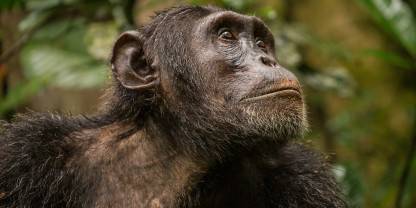Budongo Forest has a checklist of more than 360 birds, including 60 West and Central African species that have a very limited distribution in East Africa. It is also Uganda’s second most important site (after Semuliki National Park) for Guinea-Congo forest specials. Puvel’s illadopsis, which occurs nowhere else in East Africa, is quite vocal and easily seen on forest paths around the chimp trekking site at Kaniyo Pabidi. Dedicated birders should head along the Masindi–Butiaba road to the ‘Royal Mile’. This is probably the best place in East Africa to look for the likes of African dwarf kingfisher, chocolate-backed kingfisher, white-thighed hornbill, Ituri batis and yellow-footed flycatcher.
Birding Specials Treats for Avid Birders
- African dwarf kingfisher
- Black-eared ground thrush
- Blue-breasted kingfisher
- Brown twinspot
- Cassin’s hawk-eagle
- Cassin’s spinetail
- Chestnut-capped flycatcher
- Chocolate-backed kingfisher
- Crested guineafowl
- Crowned eagle
- Grey-headed sunbird
- Ituri batis
- Lemon-bellied crombec
- Little green sunbird
- Olive-breasted greenbul
- Plain greenbul
- Puvel’s illadopsis
- Sabine’s spinetail
- White-spotted flufftail
- White-thighed hornbill
- Yellow-crested woodpecker
- Yellow-footed flycatcher
Best Time for Bird Watching
The birdlife in Budongo Forest is good year-round. From June to September is the main fruiting season, so food is abundant then, and many birds are in breeding plumage. Migratory birds, though not the main birding focus at Budongo, are in the forest from November to April. The months from December to February have the least rain, while April to May and September to October have the most rain. The heavy rains might result in delays due to impassable roads. Slippery hiking trails can limit your bird-watching time.

